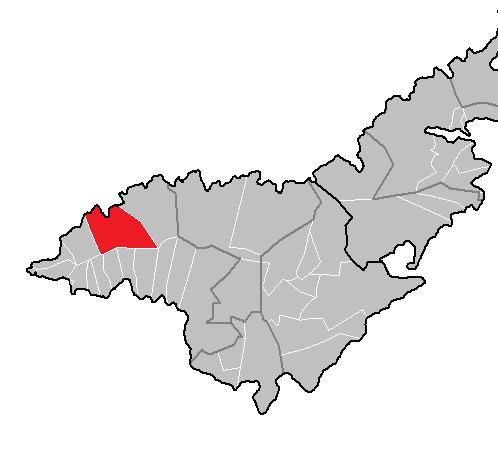Fagamalo, American Samoa on:
[Wikipedia]
[Google]
[Amazon]
 Fagamalo is a village in
Fagamalo is a village in
 Fagamalo is a village in
Fagamalo is a village in American Samoa
American Samoa is an Territories of the United States, unincorporated and unorganized territory of the United States located in the Polynesia region of the Pacific Ocean, South Pacific Ocean. Centered on , it is southeast of the island count ...
. It is located on the north shore of Tutuila
Tutuila is the largest and most populous island of American Samoa and is part of the archipelago of the Samoan Islands. It is the third largest island in the Samoan Islands chain of the Central Pacific. It is located roughly northeast of Brisba ...
Island. The village was long only reachable by narrow trails over rugged vertical terrain. The trails were often obscured by brush and seldom traveled because they traversed the thick rain forests. It often required hours of hiking before reaching the village. Route 1
The following highways are numbered 1.
For roads numbered A1, see list of A1 roads.
For roads numbered B1, see list of B1 roads.
For roads numbered M1, see List of M1 roads.
For roads numbered N1, see list of N1 roads.
For roads numbered S ...
now climbs steeply and winds up to the village of Fagamalo, where the road ends. It is located in Lealataua County in the Western District of Tutuila Island.
The coastline between Fagamalo and Fagasā Bay is a rugged and scenic stretch of shoreline which contains the coastal villages of A'asu and Fagasā. This stretch also contains Sita Bay, a cove which has been home to large colonies of flying foxes
''Pteropus'' (suborder Yinpterochiroptera) is a genus of megabats which are among the largest bats in the world. They are commonly known as fruit bats or flying foxes, among other colloquial names.
They live in South Asia, Southeast Asia, Austr ...
. Massacre Bay is where a battle between French sailors and Samoans happened in 1787. Pā Cove is near the village of Fagamalo and is the site of a prehistoric village. It has been noted in Samoan legends.
In 1987, researchers from University of Oregon
The University of Oregon (UO, U of O or Oregon) is a Public university, public research university in Eugene, Oregon, United States. Founded in 1876, the university is organized into nine colleges and schools and offers 420 undergraduate and gra ...
discovered the site of the legendary village of Ā on a ridge above Fagamalo. Initial tests showed that the site was occupied in 600 BCE, which makes it the oldest known village on the island. The village mayor of Fagamalo was charged with attempted murder in 2005. He was held on a $50,000 bail after allegedly jeopardizing the lives of two fishermen. In 2010, Fagamalo was the first village in American Samoa
American Samoa is an Territories of the United States, unincorporated and unorganized territory of the United States located in the Polynesia region of the Pacific Ocean, South Pacific Ocean. Centered on , it is southeast of the island count ...
to create a designated protected marine area
A marine protected area (MPA) is a protected area of the world's seas, oceans, estuaries or in the US, the Great Lakes. These marine areas can come in many forms ranging from wildlife refuges to research facilities. MPAs restrict human activity ...
.
Etymology
The name of the village, ''Fagamalo'', is derived from the Samoan language and translates into English as “Conquerors' bay".History
The Community-Based Fisheries Program (CFMP) was established in 2000 to promote locally driven marine conservation in American Samoa. This initiative encouraged villages, such as Fagamalo (home to the Fagamalo Village Marine Protected Area), to develop and manage their own marine protection policies. Initially, these protected areas were not legally enforceable under the jurisdiction of the American Samoa Government (ASG). In 2005, a court case challenged the authority of village residents in Fagamalo to enforce CFMP regulations. In response, the Department of Marine and Wildlife Resources (DMWR) proposed legislation to grant legal enforcement authority over Village Marine Protected Areas (VMPAs) to the agency. This legislation was passed in 2008 with the goal of ensuring that the territory's waters remained safe habitats for marine life, thereby supporting the sustainability of fish, shellfish, and other species for the benefit of American Samoa’s residents, future generations, and visitors. By 2016, VMPAs covered approximately 25% of the coral reef areas in American Samoa.Poblete, JoAnna (2020). ''Balancing the Tides: Marine Practices in American Sāmoa''. Sustainable History Monograph Pilot. Pages 113-116. ISBN 9780824883515.Demographics
See also
*Fagamalo Village Marine Protected Area * A'a Village SiteReferences
Villages in American Samoa {{AmericanSamoa-geo-stub